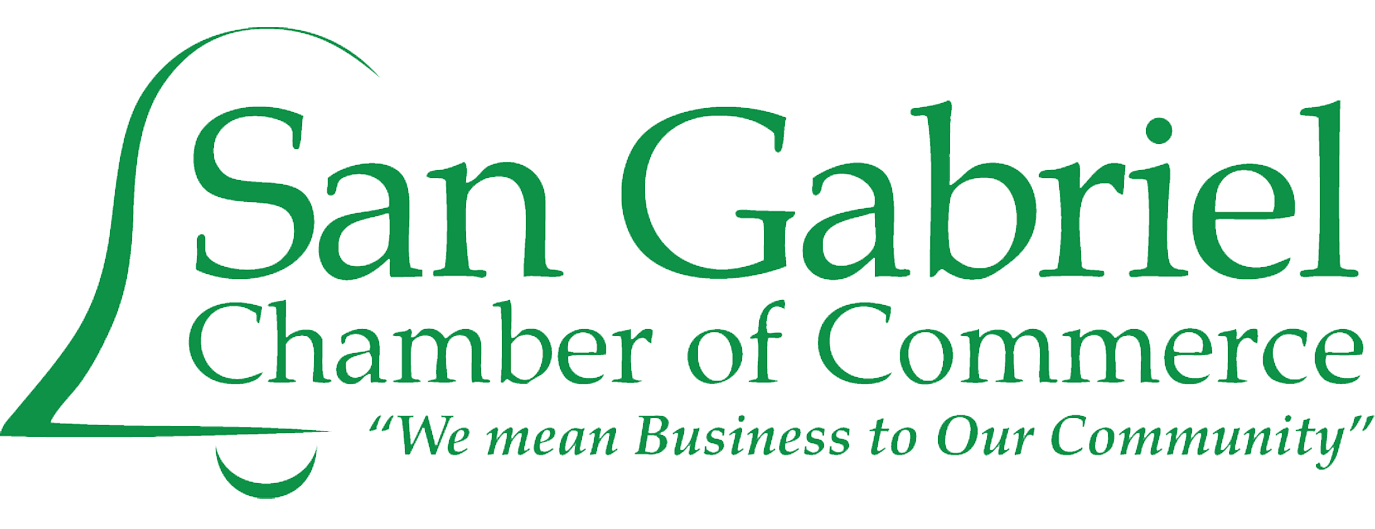As people reach their senior years, many look into different living options to meet their evolving needs and interests. Arcadia retirement community is one such choice that has grown in popularity over the years.

Retirement communities are carefully constructed residential neighborhoods that provide a variety of amenities, services, and social activities suited to older individuals’ specific needs and preferences. In this article, we discuss what is a retirement community, its benefits, and the different types available to individuals seeking a vibrant and fulfilling retirement lifestyle.
Key Features and Amenities:
Retirement homes offer a variety of facilities and services to improve their residents’ quality of life. These could include:
Recreational Amenities: To encourage an active and healthy lifestyle, retirement communities frequently have well-equipped fitness centers, swimming pools, golf courses, tennis courts, and other sports and recreational amenities.
Social Activities: Socialization is a vital aspect of retirement communities. They plan events, organizations, and classes to enable people to socialize, explore hobbies, and form long-lasting connections. Arts & crafts, book groups, cooking classes, dance instruction, and day trips are all popular pastimes.

Dining Alternatives: On-site dining alternatives, such as restaurants or cafés, are common in retirement homes, giving a range of healthful meals. For important occasions or celebrations, some communities even offer formal dining rooms.
Maintenance and Housekeeping: One of the appealing aspects of retirement communities is the convenience they offer. Many retirement communities offer maintenance and housekeeping services, giving residents more time to enjoy their retirement years without having to worry about chores and repairs.
Health and Wellness Services: Healthcare professionals are frequently on staff or readily available in retirement homes. They may help with medication management, health monitoring, and gaining access to rehabilitation treatments. Some communities also have clinics or wellness facilities on-site.
Types of Retirement Communities:
Retirement communities are grouped into several sorts, each catering to a different set of interests and needs. Some common examples include:
Independent Living communities are suitable for energetic, self-sufficient seniors who desire to downsize their houses and live a maintenance-free lifestyle. Independent living communities offer a variety of amenities and social opportunities while preserving residents’ independence.
Assisted Living Communities: Assisted living communities provide a higher degree of support and care for people who need help with everyday activities including bathing, clothing, and medication administration. Trained staff members are accessible 24 hours a day, seven days a week to provide specialized care and assure residents’ well-being.
Continuing Care Retirement Communities (CCRCs): CCRCs are large retirement communities that provide a continuum of care and allow people to age in situ. These communities often offer options for independent living, assisted living, and skilled nursing care, ensuring that residents receive the right degree of care as their requirements vary over time.
Active Adult Communities: Active adult communities are intended for people aged 55 and up who are generally healthy and self-sufficient. These neighborhoods emphasize recreational activities, social interaction, and amenities geared toward an active lifestyle, such as golf courses, walking paths, and fitness centers.
What is the Benefit of Moving to a Retirement Community?
Moving to a retirement community has numerous advantages for older persons looking for a fulfilling and supportive living environment. Here are some of the key benefits:
Socialization and Community Engagement: One of the primary benefits of retirement communities is the opportunity for socialization and community engagement. These communities include a built-in social network, allowing members to engage with people who share similar interests and are at a comparable stage of life. Residents can build important friendships, overcome isolation, and enjoy a thriving social life by participating in planned activities, organizations, and events. Retirement communities provide a sense of connection and companionship, which adds to a higher quality of life and general well-being.
Maintenance-Free Living: Many retirement communities provide maintenance and housekeeping services, relieving residents of the time-consuming tasks that come with homeownership. This frees up older persons’ time and energy for things they genuinely like, rather than fretting about home repairs, yard work, or domestic tasks. The ease of maintenance-free living gives people a sense of freedom and allows them to make the most of their retirement years.
Access to Amenities and Services: Retirement communities are designed to cater to the needs and desires of older adults. They provide a variety of amenities and services that are conveniently located within the community. Fitness facilities, swimming pools, libraries, theaters, on-site food options, beauty salons, and even transportation services may be included. The availability of these amenities encourages an active and rewarding lifestyle while also promoting convenience and simplicity of access.
Health and Wellness Support: Many retirement communities prioritize the health and wellness of their residents by providing access to healthcare services and wellness programs. Nurses and caregivers may be on-site to help with medication management, health monitoring, and other healthcare requirements. Exercise classes, educational seminars, and preventive health screenings are examples of wellness programs that promote a holistic approach to well-being. The provision of these services within the community improves citizens’ general health and peace of mind.
Security and Peace of Mind: Retirement communities often offer enhanced security measures to ensure the safety and well-being of their residents. Gated entrances, security systems, and a 24-hour staff presence all contribute to a safe living environment, giving residents and their families peace of mind. Furthermore, the presence of skilled personnel can provide reassurance, especially for persons who may require assistance or have specialized medical needs.
Care Options as Needs Change: Another significant benefit of certain retirement communities, such as Continuing Care Retirement Communities (CCRCs), is the availability of a continuum of care. Within the same community, CCRCs offer a variety of living alternatives, including independent living, assisted living, and skilled nursing care. As residents’ needs vary over time, they can effortlessly transfer to a higher level of care without having to relocate. Access to various levels of care within the same community creates a sense of security and alleviates the stress associated with potential future relocation.
Arcadia Senior Living Cost
The cost of senior living in Arcadia varies depending on the community and degree of care provided. Independent living communities are generally less expensive, whereas assisted living, memory care, and continuing care retirement communities are more expensive due to added services and specialized care. To make an informed decision that corresponds with your financial circumstances and care needs, it is critical to acquire extensive information about the charges, fees, and services offered by each community.
The Best Arcadia Retirement Community
Discover Trinity Hills Estates, the top Arcadia retirement community. We provide an unrivaled retirement experience with great amenities, customized care, and a flourishing community. Enjoy worry-free living, stimulating activities, and a continuum of care. At Trinity Hills Estates, you can live your best life. Make an appointment to visit our Arcadia retirement home today!





